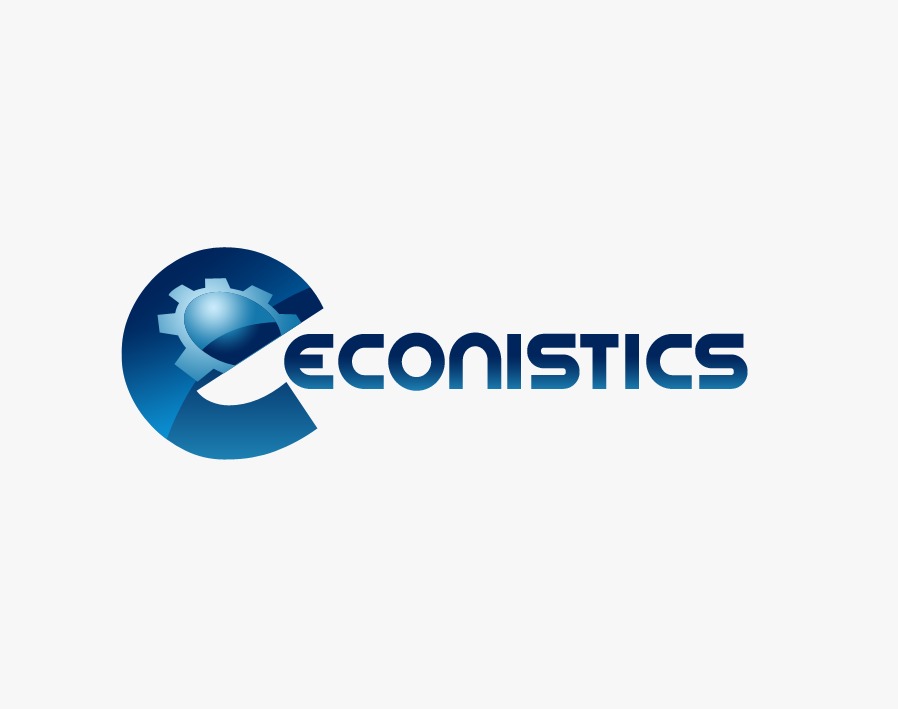Welcome to Econistics.com, we are research, data analysis and consulting centre dedicated to aid young and enthusiastic researchers in the field of social sciences and business studies. Our platform is currently under development. We are glad you visited our page. Do follow our social media platforms for recent updates.

